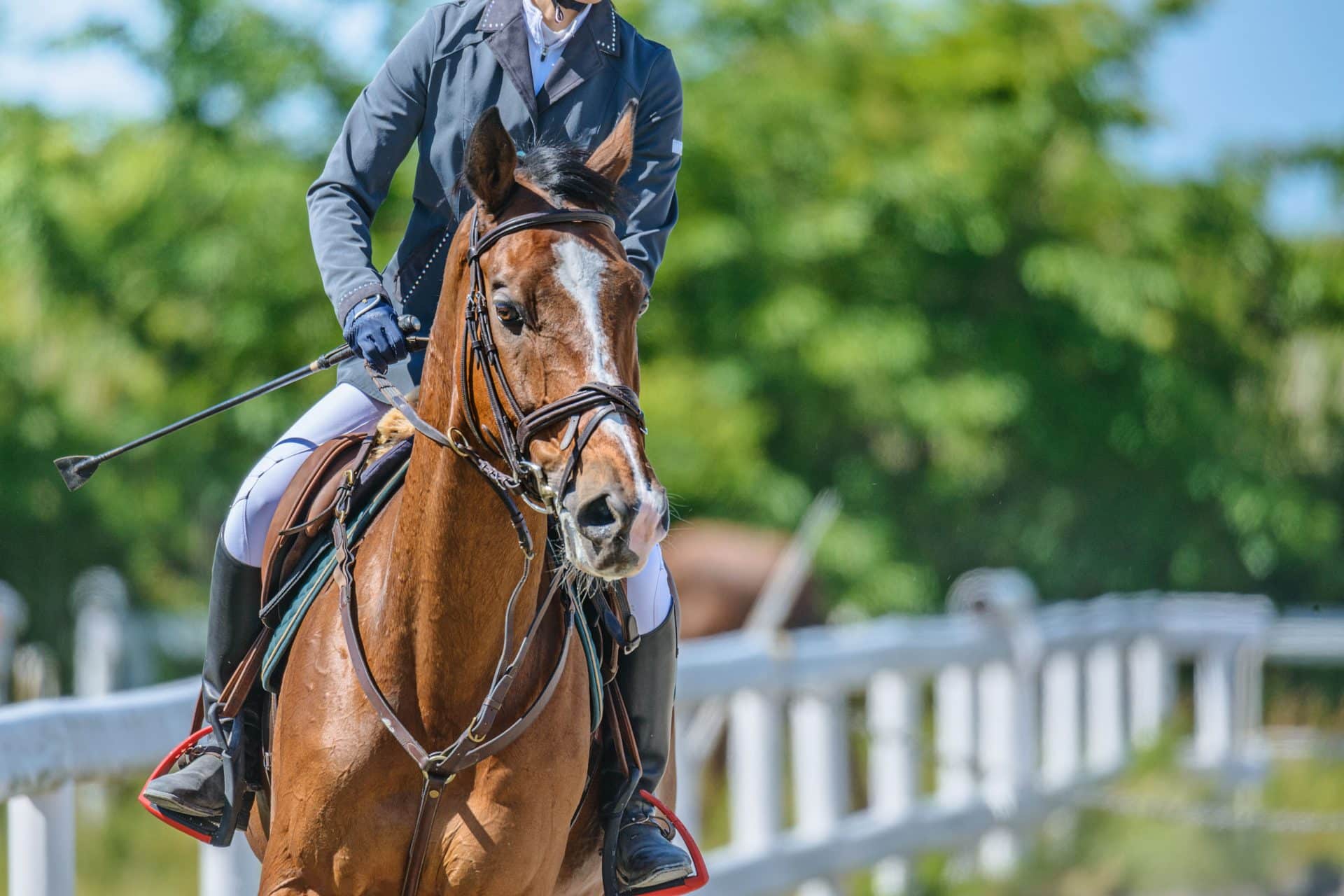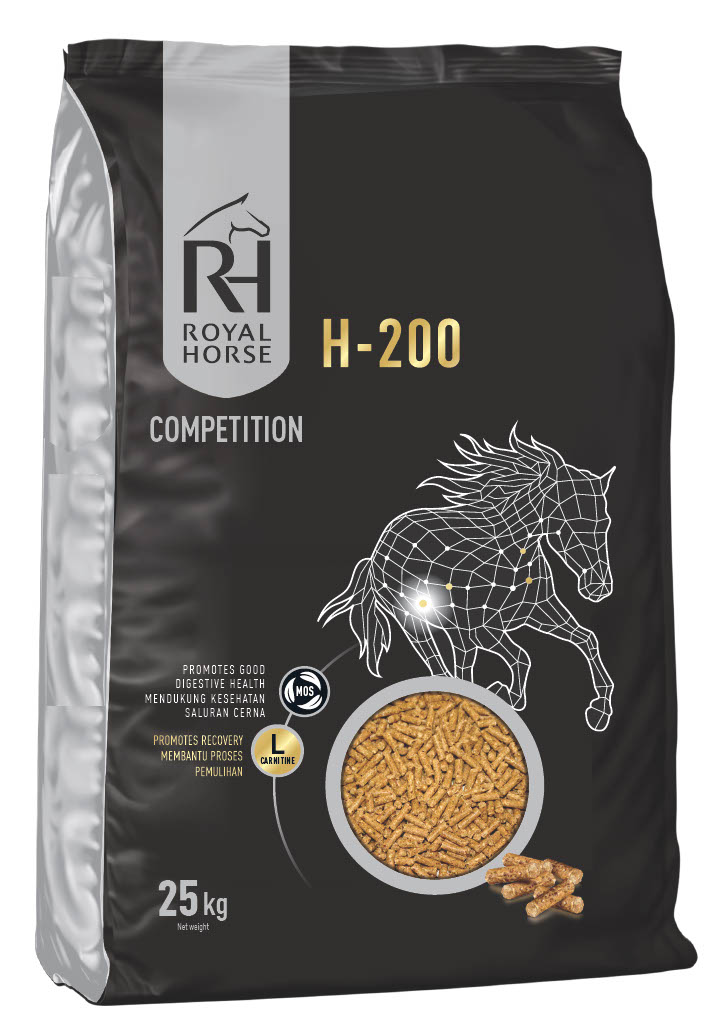Many disciplines quite different from each other exist in horse riding. In addition to “classical” horseback riding, there are many other equestrian sports. The breeds of horses associated with the different disciplines can vary, depending on the qualities required for each of them.
Classical” equestrian sports
When learning “classical” equestrian sports, the disciplines covered are the basics of dressage and jumping. These different Olympic disciplines are represented every 4 years by delegations from many countries. The most popular breeds of horses for dressage differ from country to country. We can note the horses of Spanish race (PRE), the KWPN, the Selle-Français, the Anglo-Arabs or the Hanoverians. For the high level jumping, we find the same breeds (except PRE) but also the Westphalians or the Belgian half-bloods (sBs). For cross-country, we prefer hardy and agile horses such as Anglo-Arabs.
The Hunter
The Hunter is an equestrian discipline created with the aim of offering a competition to hunters of hounds, outside the periods of venery. As in “classic” show jumping, the horse-rider pairs must complete a jumping course. However, they are graded on other criteria than just the number of faults committed. In particular, they are given a “style” score (placement of aids, fluidity of locomotion, rider position, etc.). Hunter is an equestrian discipline where presentation is essential. Therefore, the horses are well groomed, the equipment is well cared for, and the rider’s attire is impeccable. This discipline does not have a breed of horse of choice, except for those that usually perform well in show jumping.
Equestrian endurance
Widespread throughout the world, equestrian endurance races consist of a long course to be completed with the horse. However, they are very well supervised since veterinary controls are very frequent and check in particular the heart rate of the horse. The breeds of horses used for these races are notably the Arabian thoroughbreds, very robust, or Anglo-Arabs which also have the reputation of resisting over long distances.
Western riding
Western riding is very developed in the United States and has many followers in countries with an equestrian culture. This type of riding is very different from classical riding. The horses are not trained in the same way and have completely different codes. The exercises required in this type of riding are initially directly related to their use on the ranch (barrel racing, reining, etc.). The most popular horses for Western riding are the “Paint”, the “Quarter-horse” or the “Appaloosa”.

Vaulting on horseback
Vaulting on horseback consists of performing gymnastic figures on a horse at full gallop, with one or more acrobats. For this equestrian sport, a cold-blooded, robust and attentive horse is necessary. The horses used in acrobatics must be around 1.80m tall with a developed muscle mass.
The driving horses
Driving competitions have a large following. Driving teams can be made up of 1 to 4 horses, and are scored in 3 different disciplines: dressage, marathon and a handling test. Driving horses can be draught or half draught horses, but there are also lighter horses, such as Irish Cob, Friesian, etc.
The Horse Ball
Horse ball is an equestrian discipline that can be played on horseback or with a pony. It is played with 2 teams of 6 riders and a ball. The goal is to score goals by making a certain number of passes. For the practice of horse ball, there is no specific breed, it is necessary to have “playing”, listening and fast horses.
If you wish to evolve at elevated level in one of these equestrian disciplines with your horse, an adapted feeding is necessary. Many high level riders use Royal Horse feeds and in particular the H range, such as H200 (for sustained efforts).
To learn more about all equestrian sports, you can contact your equestrian federation.




